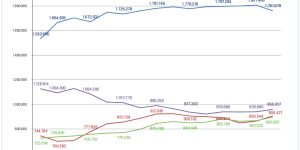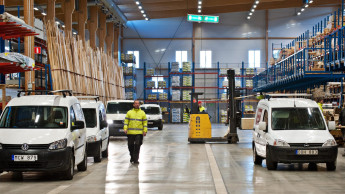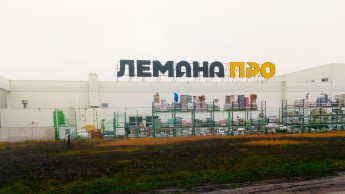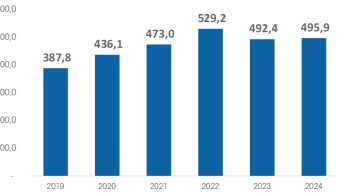After what was eventually an outstanding season in 2006, the omens now point to a most auspicious year in 2007. At the end of the first four months the DIY market had grown by 6.8 per cent in value and 5.4 per cent in volume (cumulative), according to the index of the Banque de France.However, 2007 might turn out even better, since a new factor entered the calculation at the beginning of the year: the retailers are making use of television advertising. First to appear on the TV screen was Bricomarché, followed by Mr. Bricolage, Castorama and Leroy Merlin. The much smaller groups followed the example of Briconautes and Cofaq (Brico Pro) by making their presence felt on the radio. These campaigns are bound to give the market a boost as a new engine of growth. The trading banners can use the medium to reach a wide public at peak viewing times. These communication activities are carefully calculated to make consumers more aware of the subject of doing-it-yourself. Not to be forgotten is the ever-increasing number of TV programmes dedicated to this field of activity. They include Du côté de chez vous, D&Co, Teva Déco, Question Maison, Intérieurs, Ma Maison and Mes projets, etc, and present a variety of ways of tackling home improvement and decorating projects.French television's newly awakened interest in DIY and the marketers' access to a broad target group is resulting in the retail channels having to rapidly raise their recognition level, and especially those that were not previously active on a national scale. One example of this is provided by the Cofaq cooperative organisation, which only recently created a uniform identity for its different trading banners. It intends to communicate the change in September in order to increase the group's degree of customer awareness and visibility. In the France of today, sales channels seem to consider recognition even beyond their actual trading area to be indispensable in order both to reassure their customers and to be able to compete against new DIY stores in a market that is approaching saturation point, at least in terms of store numbers.

TV as the new engine of growth
After what was eventually an outstanding season in 2006, the omens now point to a most auspicious year in 2007. At the end of the first four months the DIY market had grown by 6.8 per cent in value and 5.4 per cent in volume (cumulative), according to the index of the Banque de France.However, 2007 might turn out even better, since a new factor entered the calculation at the beginning of the year: the retailers are making use of television advertising. First to appear on the TV screen was Bricomarché, followed by Mr. Bricolage, Castorama and Leroy Merlin. The much smaller groups followed the example of Briconautes and Cofaq (Brico Pro) by making their presence felt on the radio. These campaigns are bound to give the market a boost as a new engine of growth. The trading banners can use the medium to reach a wide public at peak viewing times. These communication activities are carefully calculated to make consumers more aware of the subject of doing-it-yourself. Not to be forgotten is the ever-increasing number of TV programmes dedicated to this field of activity. They include Du côté de chez vous, D&Co, Teva Déco, Question Maison, Intérieurs, Ma Maison and Mes projets, etc, and present a variety of ways of tackling home improvement and decorating projects.French television's newly awakened interest in DIY and the marketers' access to a broad target group is resulting in the retail channels having to rapidly raise their recognition level, and especially those that were not previously active on a national scale. One example of this is provided by the Cofaq cooperative organisation, which only recently created a uniform identity for its different trading banners. It intends to communicate the change in September in order to increase the group's degree of customer awareness and visibility. In the France of today, sales channels seem to consider recognition even beyond their actual trading area to be indispensable in order both to reassure their customers and to be able to compete against new DIY stores in a market that is approaching saturation point, at least in terms of store numbers.

 Menü
Menü











 Newsletter
Newsletter